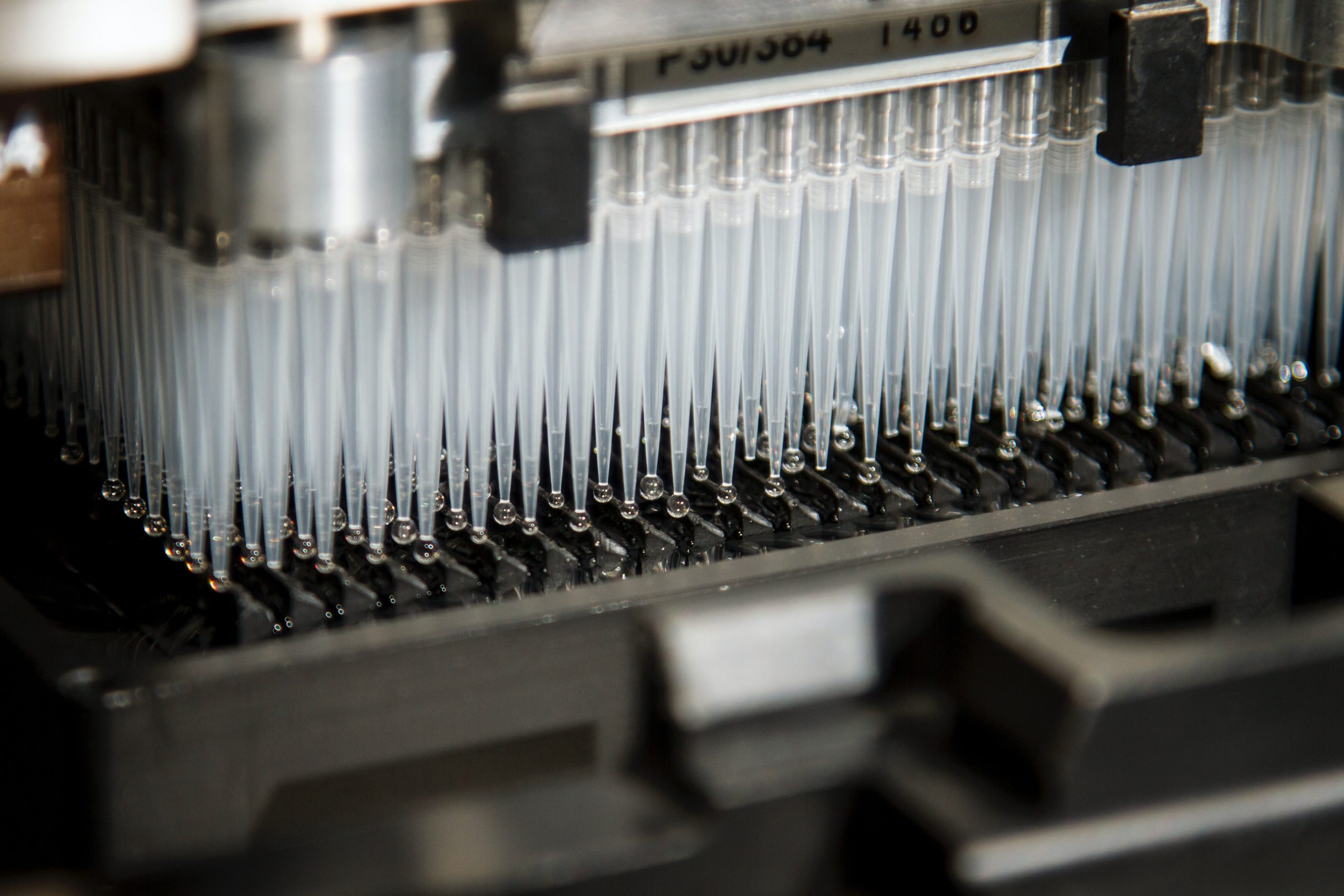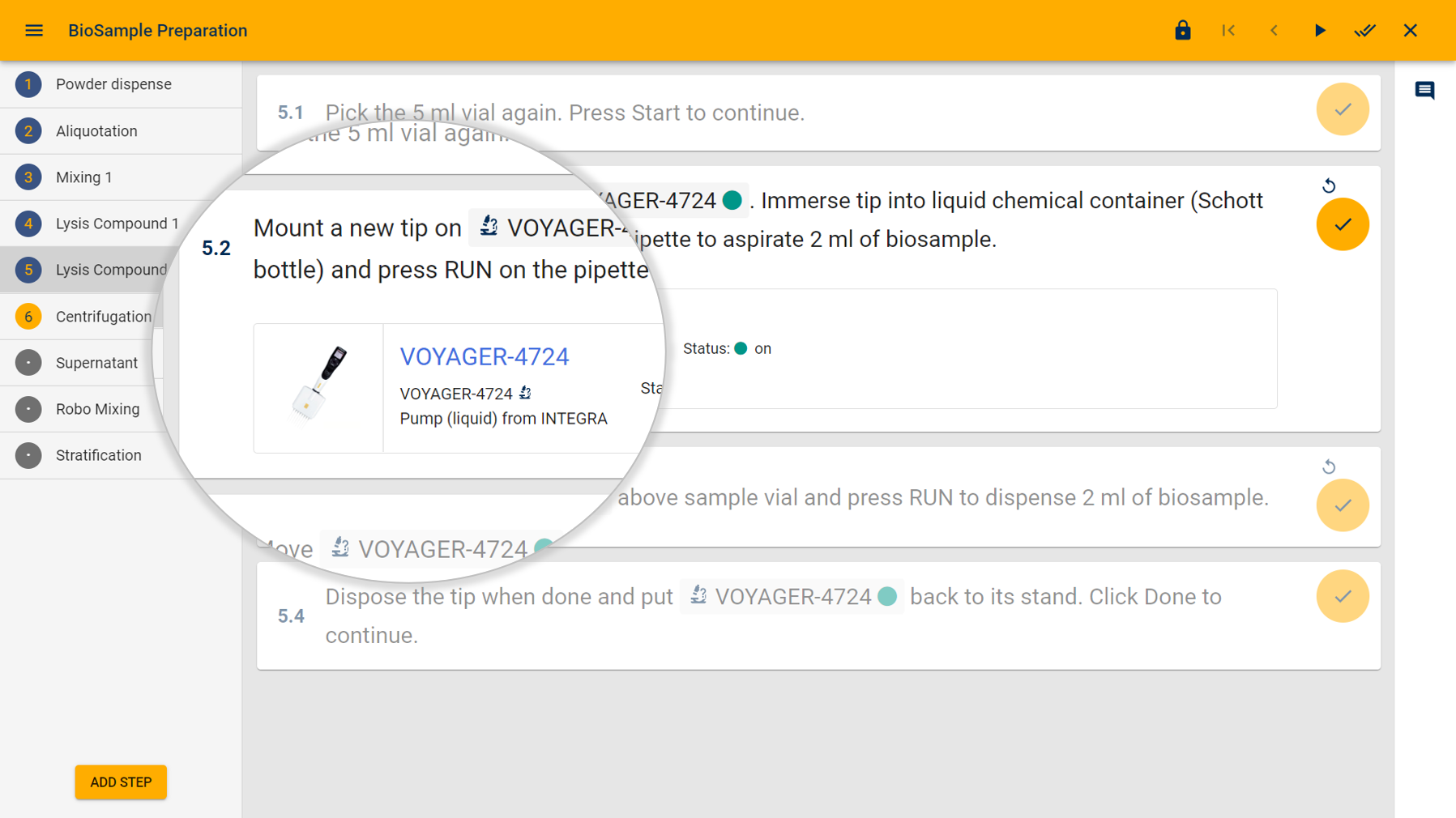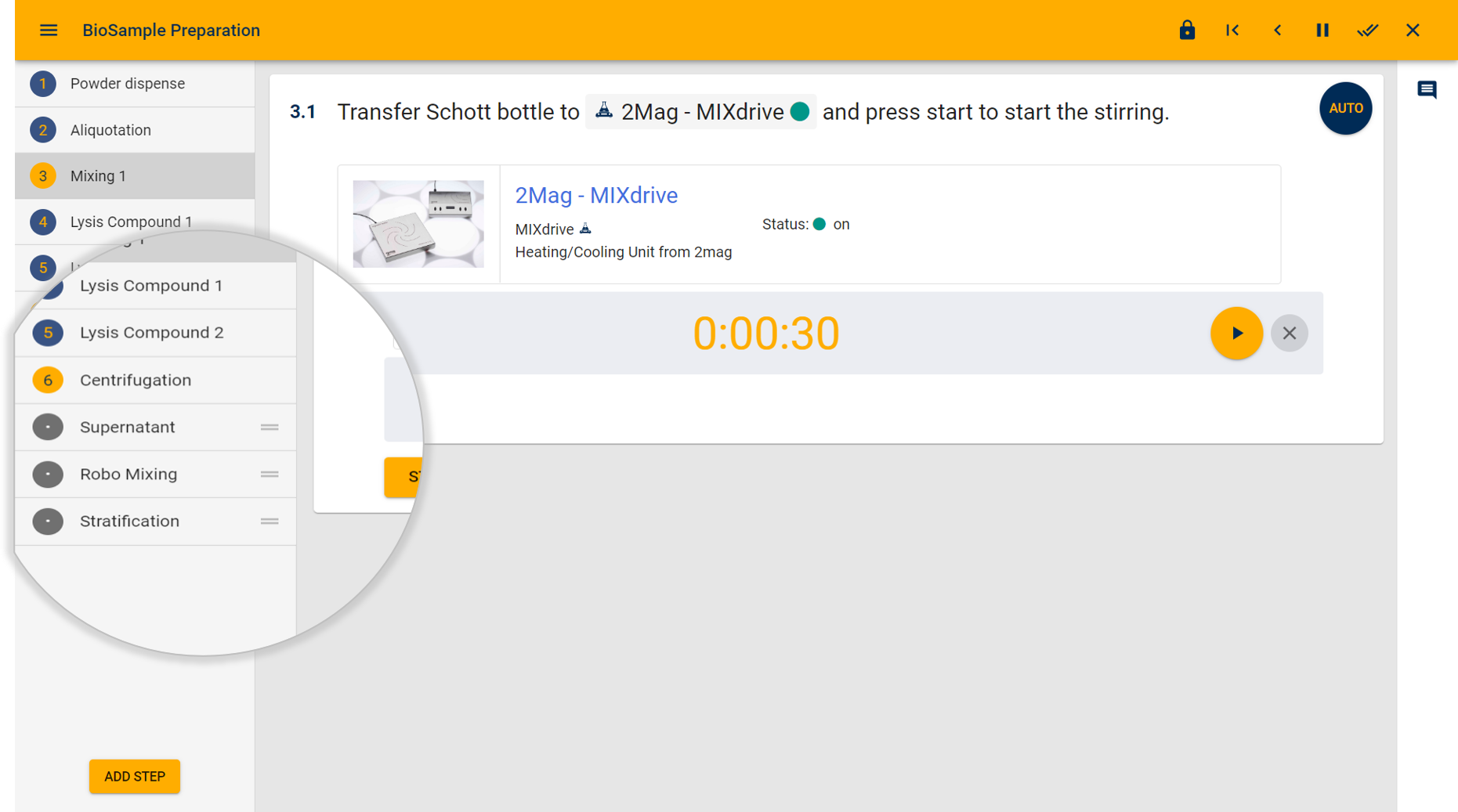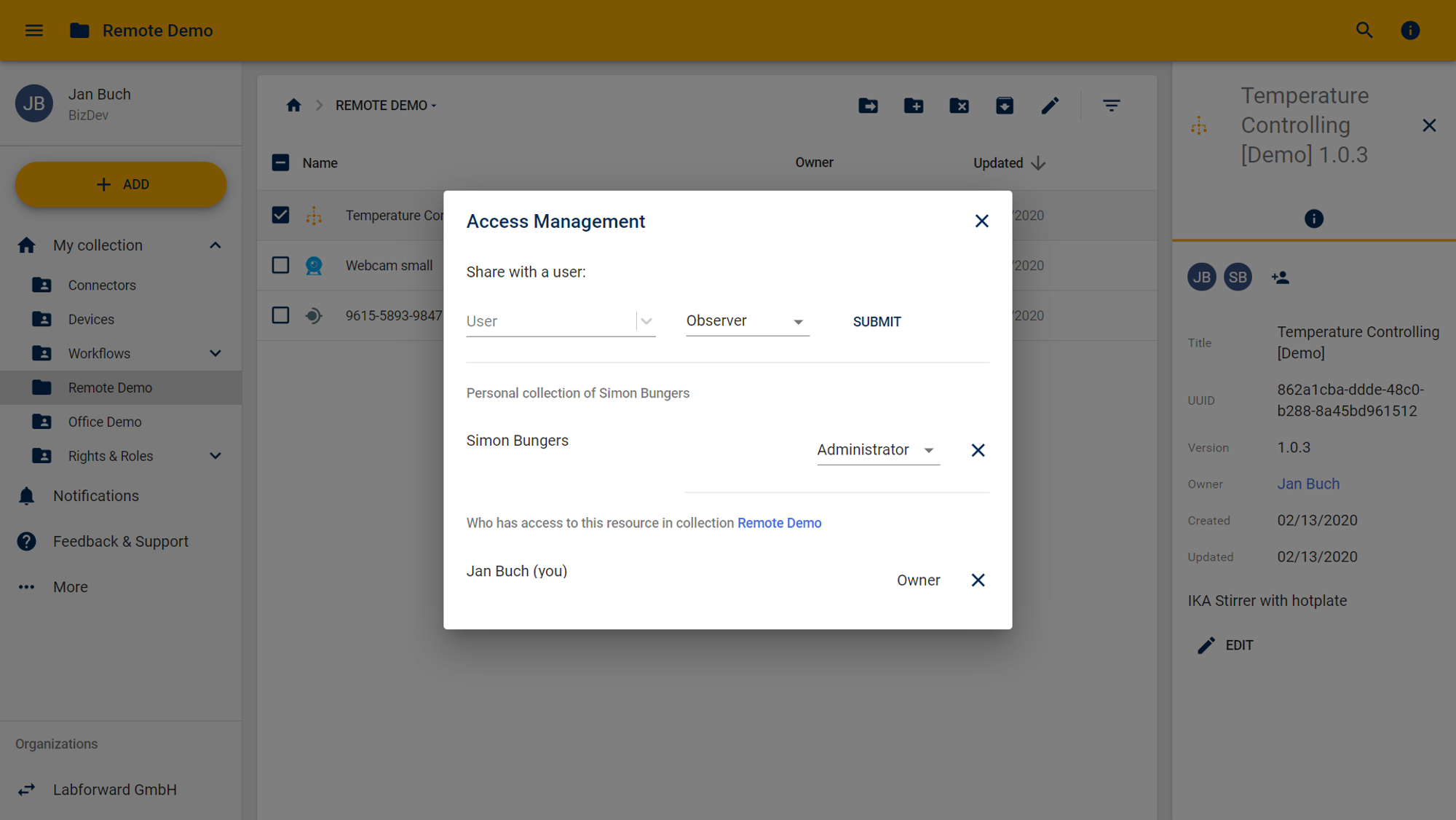The laboratory is the optimal environment for automation. Consisting of a complex array of equipment, from beakers and bunsen burners to incubators and centrifuges, it is an ecosystem that relies on standardisation, replicability and accuracy, features that make it well-suited to automation. Its purpose is to connect a researcher to their equipment, so they can access and control experiments at any time and from any location. With devices and machines able to operate with little human interference, automation can mean that repetitive laboratory tasks that used to be in the domain of the researcher, can be transferred over to machines that excel at carrying out a high-volume of repetitive tasks.
It comes in a number of forms: there is the Identification automation system, collaborative bots (Co-Bots), Multi-Function Workstation, Laboratory Information Management System (LIMS), the Laboratory Execution System (LES), among others. Each system comes with its own advantages, and some suit a portion of laboratories better than others. Introducing automation into research and development has been shown to have a profound impact on the laboratory environment by increasing throughput and productivity whilst also maximising both machine and researcher potential.
It is important to start thinking about implementing automation into the laboratory, as it can simplify data acquisition and allow for devices to be controlled remotely, giving you greater flexibility in the laboratory.
With this system, aspects of conducting experiments are simplified and a high volume of tasks can be executed with precision and accuracy, reducing human error, which has often led to entire experiments having to be repeated.
It has also had a significant impact on both the analytical and non-analytical elements of research operations. Implementation is expected to have an overwhelmingly positive impact on research yield, whilst also taking us one step closer to a connected laboratory environment.

Laboperator is a laboratory execution system that offers an agile approach to automation. It enables you to automate existing devices and equipment in your laboratory, connecting them to a centralised platform. By doing so, individual tasks can be coordinated more efficiently and data documentation can be fully automated.
Automation brings many opportunities to the laboratory, but can be expensive and involve replacing existing fully functioning equipment. Our solution, however, builds on your existing laboratory features, making it more productive, agile and smart.
Laboperator can also be used alongside other software such as the Electronic Laboratory Notebook (ELN) or Laboratory Information Management System, giving you options on where to transfer collected data.
Automation aims to connect the laboratory environment, streamlining workflows and alleviating the burden on scientists by giving them more control over their laboratory. With Laboperator you can access your devices from anywhere, offering a further layer of flexibility.
Laboperator is more than just a simple lab automation tool because it combines step-by-step instructions containing manual and automated steps. In this way, you can use Laboperator throughout your experiment, from inception to its conclusion.
You can use Laboperator with any number of devices and get them to execute a high volume of tasks with sequential steps. With additional connectivity between devices, your laboratory will become a smarter, more efficient eco-system.


